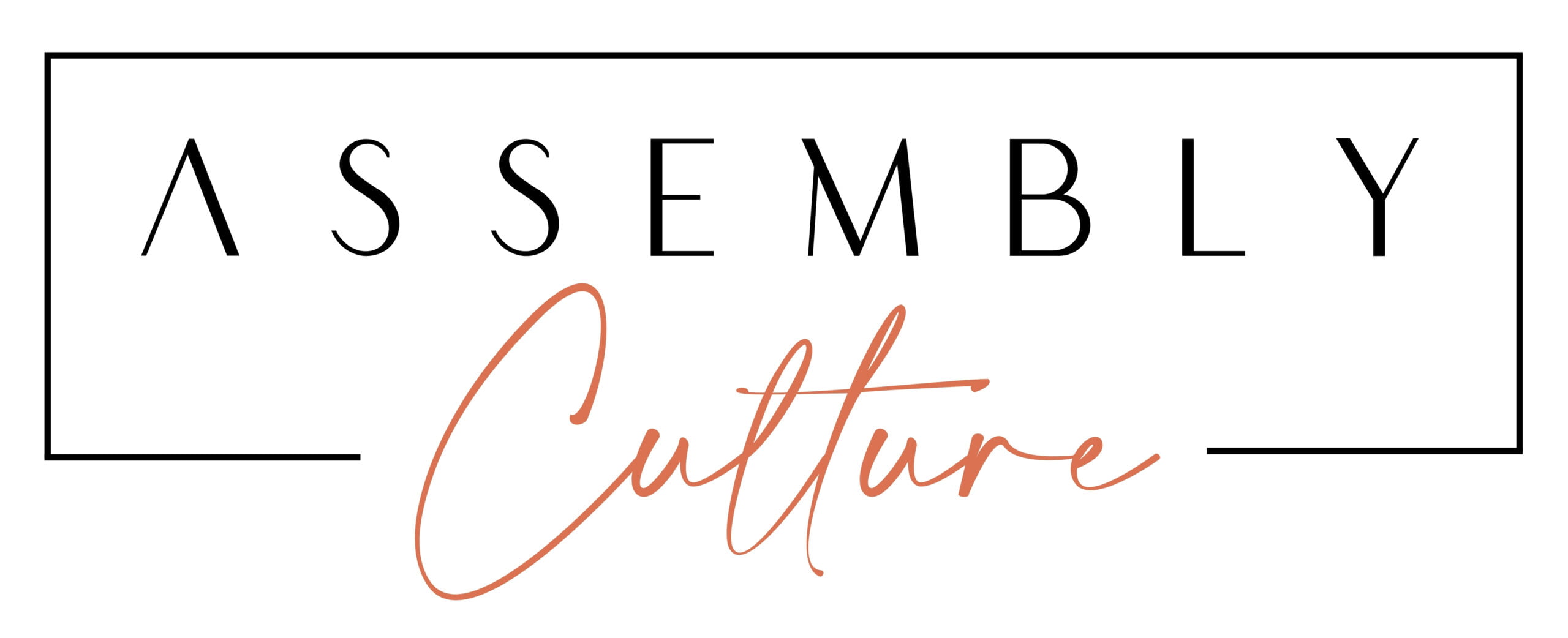[Part 3 of 3]
And just like that, here we are for the third and final part of our toxic culture mini series.
Toxic cultures are often led by influencers in the organisation, people who normalise a certain way of behaving and recruit others to their hell-raising efforts along the way.
This normalising could be through intentionally behaving in ways that disrupt, upset or impact others (think school bully in a grown up body), or it could be much more subtle, through gossip and spreading/feeding rumours, back channels (the old ‘meeting after a meeting’ is a classic) or operating through high levels of self interest.
Influencers to toxic cultures are often the first to speak out about what’s not right, but perhaps don’t adhere to the standards they set for others. They may recruit people to their ways of working, or simply charge up the contagion of a harmful or unpleasant atmosphere.
Some questions I might ask to challenge this toxic enabler are:
- Are there any brilliant jerks that are influencing culture negatively?
- Where is performance strong, but values lacking?
- What are the back-channels in the organisation? How are they given oxygen?
There are many influences to toxic cultures, these are the three I see most often when working on culture with my clients.
Recognise some of these in your organisation?
Maybe it’s time for a conversation about culture with your team. If you would like to learn more about how we can assemble, get in touch or click here to check out our offerings.




